When the core mission of an organization suffers due to restraint avoidance
we have a situation where management and or staff has adopted the belief that 'the cure (restraint) is worse than the disease (crisis)'. At the PCMA we recognize this situation when we hear staff describe this kind of situations:
“We just let him sleep on the couch at his day training program or there’s going to be a restraint”
“My staff were so burned out from restraining that we just let the client do whatever he wants.”
“We are supposed to be teaching him to write his name, but he bites us so often we just let him trace letters.”
How does this belief, that restraint is worse than dealing with crisis, come into existence?
Many facilities claim to be “hands-off,” meaning that they use no form of restraint during an emergency. Because they choose not to touch an individual in crisis, staff will learn to do anything they can to avoid a problem. Sometimes that involves giving the person whatever they ask for or allowing them to sleep when they are supposed to be working. In other cases the physical procedures used are so ineffective that staff don’t even try using them because we only end up getting injured.
Both situations result in a larger problem, which is a lack of progress such as
- failed educational goals,
- loss of future placements, or a
- failure to acquire a functional level of independence.


A 'Hands-Off Policy' can have several causes, and this policy typically produces one of these three strategies: Stop demanding progress with the individual (like 'let him sleep') - or by becoming hostage to the individuals demands - or just let the individual rage and destroy the environment ('room clear'). But whatever the strategy chosen to avoid the restraint, the progress with the individual stops or is severely slowed down.
The Solution
The answer to these problems is to bring everyone together to understand that there are some conditions where restraint may be necessary and to agree upon those conditions in advance.
The next part of the solution is to make certain that restraints can serve their intended purpose, that they can ensure safety for the individual and staff. This increases the chances that staff will use restraint appropriately, consistently and successfully. Staff who may have been hesitant to make even reasonable requests for fear of an outburst can now remain calm and confident when prompting individuals to begin activities.
The resulting safer, calmer environment will allow you to refocus on your core mission.
PCM was designed from the ground up to do exactly this and we have proven it time and again.

